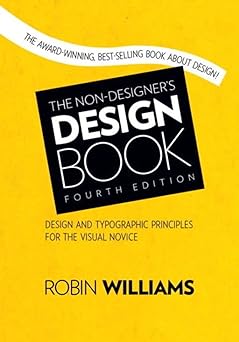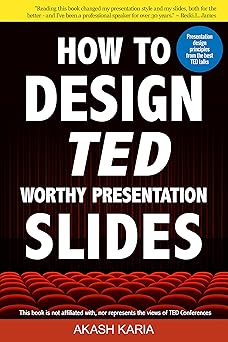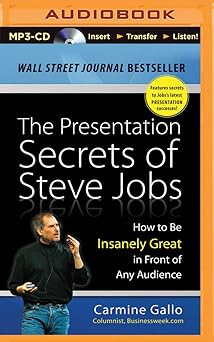
🔖 Summary of key ideas:
"The Non-Designer’s Design Book" explains how anyone, even without a design background, can create professional-looking designs by following a few basic principles. She introduces four key design principles: Contrast, Repetition, Alignment, and Proximity, which help make layouts look clean and easy to read.
According to the author, contrast makes important elements stand out, while repetition creates consistency throughout the design. Alignment ensures that everything is neatly placed, and proximity helps group related items together, making the design more organized and intuitive for the audience.
The book is practical and filled with examples that demonstrate how these principles work in real designs. Williams encourages readers not to feel intimidated by design, but to embrace it as a skill they can develop with a bit of practice. The core idea is about making things look good while also being functional and easy to understand.
💡 Why worth reading?
Will help you create cleaner slides by learning how to use contrast to highlight key points.
Will help you maintain consistency by learning how to apply repetition in design elements.
Will help you create more readable content by learning how to group similar ideas using proximity.
Will help you build professional-looking presentations by learning basic design rules anyone can follow.
🔖 What people say about "The Non-Designer’s Design Book"?
"If you want a crash course on why some things look better than others / how to not design your next event cover photo like a grandma, this is a must (and very easy) read.
Super practical principles that I will carry with me for the rest of my life (the primary four - CRAP acronym). Will work better if you are immediately applying the learning!"
Alfred, Goodreads
Videos related to "The Non-Designer’s Design Book"
From the author or about the book's topic
The Non-Designers Design Book | Book Review

How to Design TED Worthy Presentation Slides by Akash Karia

Beyond Bullet Points by Cliff Atkinson

Presentation Secrets of Steve Jobs by Carmine Gallo

Visual Meetings by David Sibbet


